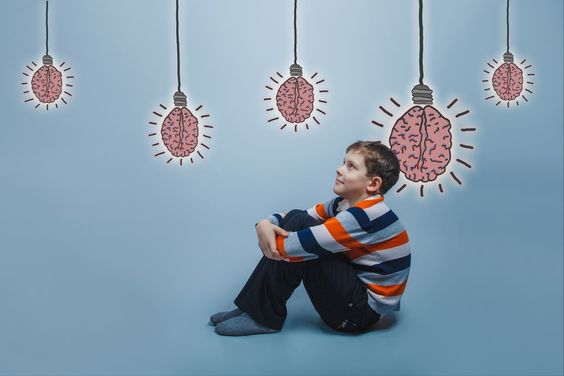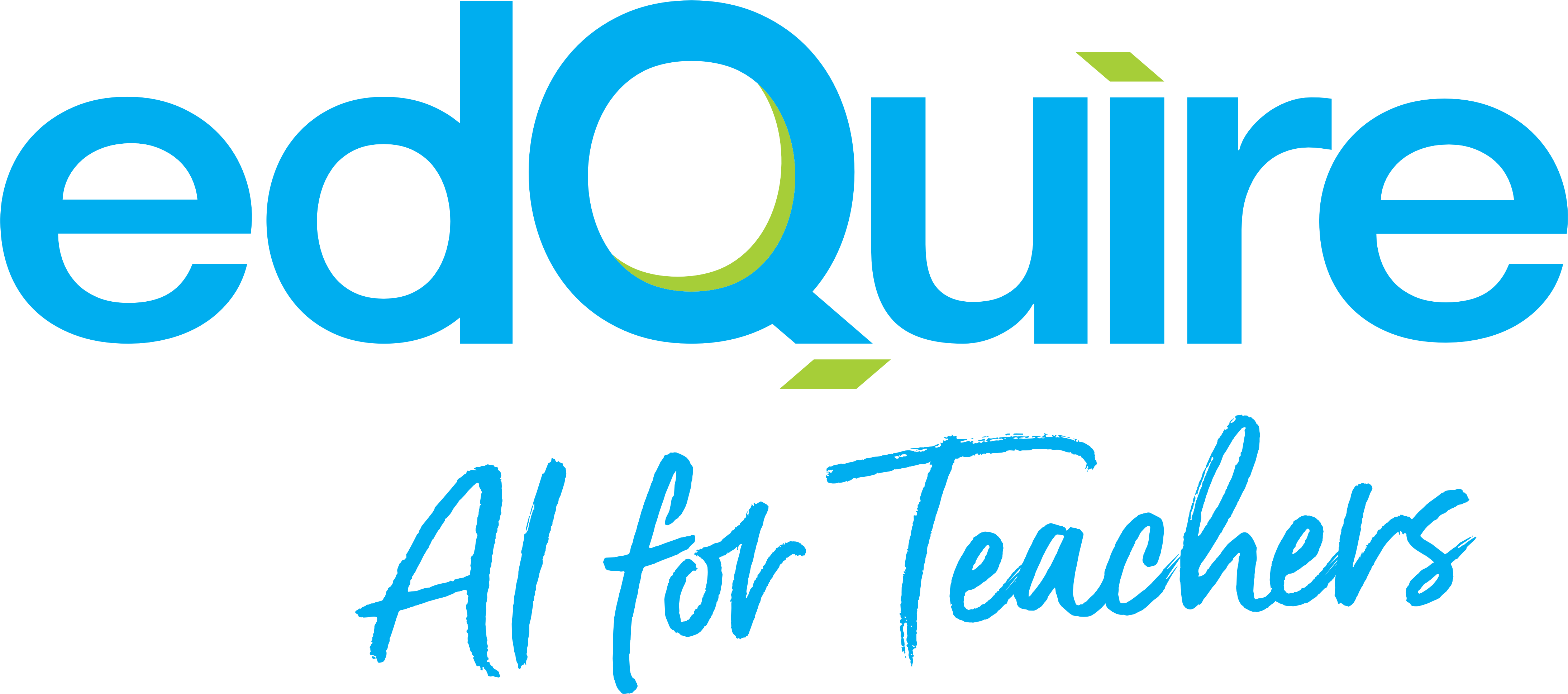“The adolescent brain is exquisitely sensitive to experience,” University neuroscientist Laurence Steinberg said. This means adolescence is an extremely important window for learning that sticks.
Schools have a unique opportunity to reach adolescents with positive stimuli, but most high schools are not taking advantage of this opportunity. “When we are not challenging our kids in high school, not only are we hindering their academic development, but we also aren’t taking advantage of the plastic prefrontal cortex,” Steinberg said.
The prefrontal cortex is strengthened by challenge and novelty, therefore if schools do not challenge teenage students, they get bored. Understanding the neuroscience at work in the adolescents populating classrooms can help teachers develop lessons that challenge, engage and satisfy the search for novelty in teens.
How can we challenge our students? How can we know if they are bored and need extra tasks? How can we engage and motivate them? One way is by collecting students’ data. This way we would have a bigger picture and learn what our students’ passions are, which activities they enjoy doing, etc.
Find out how you can get to know your students better thanks to edQuire’s AI learning analytics software.


Recent Comments